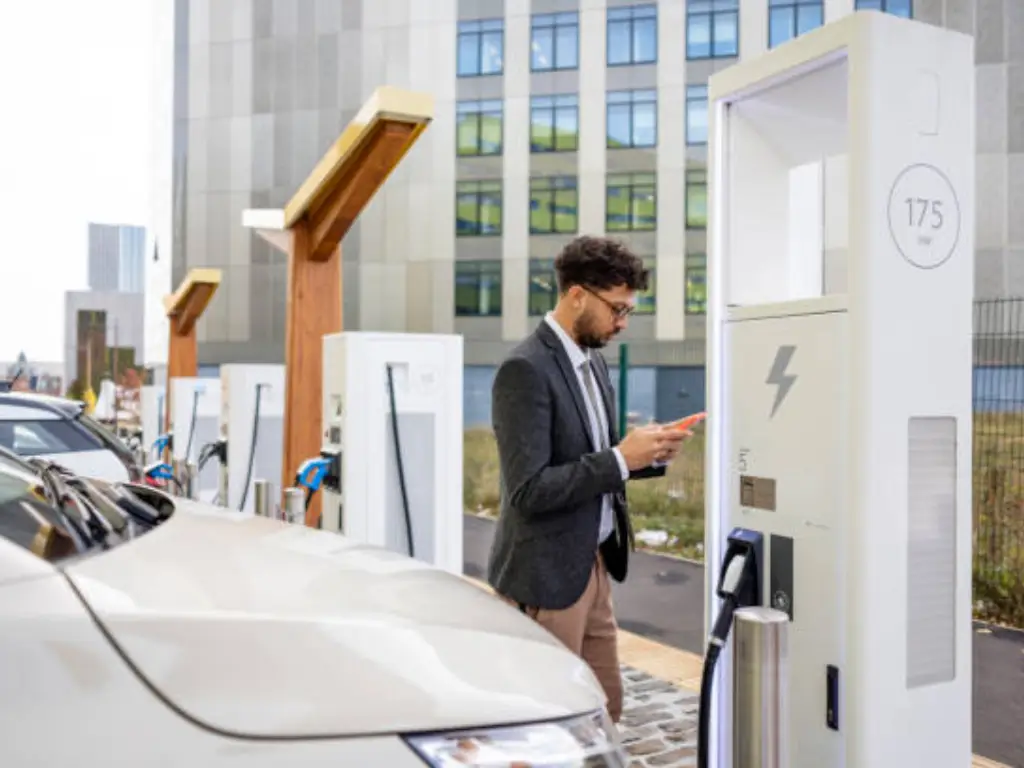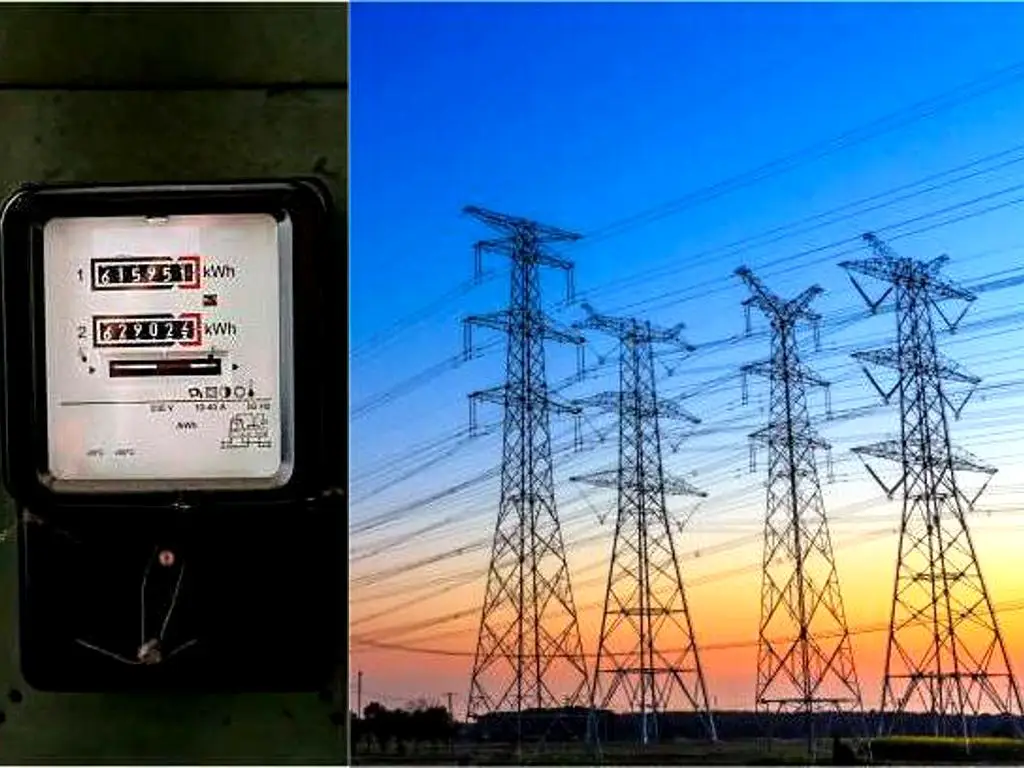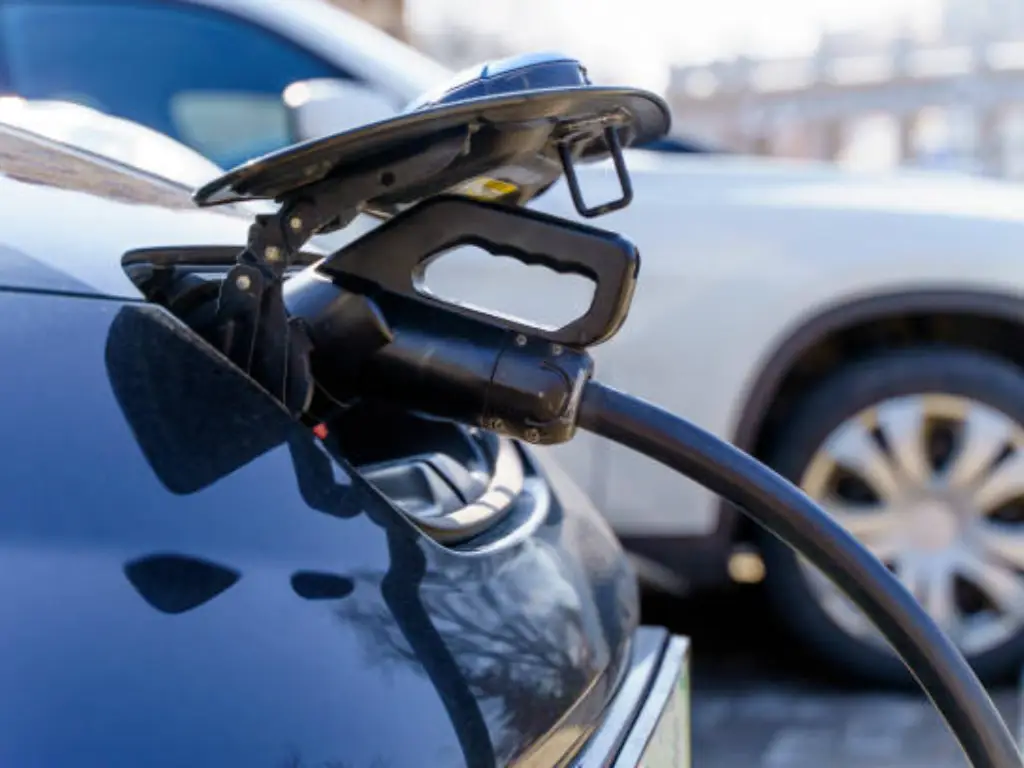Solar Fires: Real Risks, Causes, and Advanced Prevention
Share this article in Social Media:
- Home
- Solar Fires: Real Risks, Causes, and Advanced Prevention
Are Solar Fires Common?
To have a productive discussion about risk, we must first establish a baseline of facts. The public perception of a risk and its statistical reality are often misaligned. In the case of solar panel fires, the data is unequivocal: they are exceedingly rare. A well-designed and properly installed photovoltaic system is one of the safest electrical additions one can make to a property.
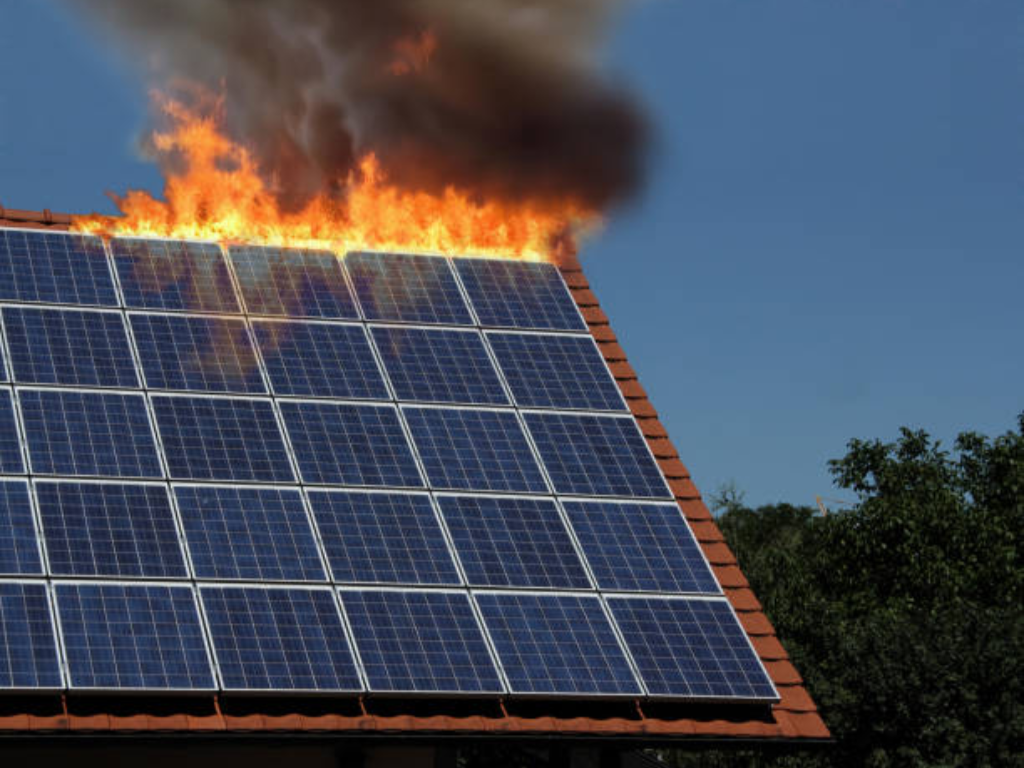
Evidence from Global Data
The analysis of mature solar markets gives the best understanding of the long-term safety of operations. Germany is a leader in solar energy and has one of the highest rates of installations per capita in the world, which provides a lot of data. Research by the Fraunhofer Institute of Solar Energy Systems, which is one of the most prominent research institutes, has repeatedly discovered that the risk of fire caused by solar PV systems is incredibly low. Among millions of installations, a minute fraction of a percentage point have been the focus of a fire event, and in most of those incidents, the solar system was not the cause of the fire.
This is a trend that is common in other well-regulated markets. In the United Kingdom, a study by agencies such as the BRE Group established low incident rates. In Australia, where rooftop solar is widespread, state-level safety audits have verified that the overwhelming majority of systems will work throughout their lifespan without any incidents that could be considered hazardous. Millions of installations and decades of operation statistics have shown a unanimous opinion: the percentage of fires caused by PV panels or their components is much lower than 0.01.
Putting the Risk in Perspective
In order to put this low probability into perspective, it is helpful to compare it to household appliances. Based on statistics by fire protection associations and government agencies in the United States, thousands of residential fires each year are caused by appliances like clothes dryers, kitchen ranges, and portable heaters. The risk of fire that comes with a certified, professionally installed solar power system is statistically lower than most of the devices that we use every day, with a second thought. The important point is not that solar PV has zero risk, like any electrical system, but that the risk is very low and, more to the point, it can be handled.
What Really Causes Solar Fires?
When solar fires do occur, they are rarely spontaneous events. Investigations consistently reveal specific, identifiable failures within the electrical system. Understanding these root causes is the foundation of prevention. The issue is rarely the PV modules themselves, but rather the connections, components, and craftsmanship that bring the system together.
| Fire Cause | Description |
|---|---|
| Improper Installation | Incorrect wiring, loose connections, lack of proper grounding, etc. |
| Substandard Components | Low-quality inverters, DC isolators, combiner boxes, etc. |
| Poor System Design | Design not meeting requirements, inadequate ventilation, incompatible components |
| Environmental Damage & Lack of Maintenance | Damage from sunlight, moisture, debris accumulation, animals chewing wires, etc. |
Ineffective Installation Practices
Improper installation is the single largest cause of incidents related to solar PV systems. A solar installation is an electrical project that is difficult to handle without paying attention to detail. Regrettably, critical errors may be caused by cost-cutting or a lack of training. These are improperly torqued connectors that may result in overheating and electrical arcing, improper handling of wires that may result in insulation degrading with time due to abrasion or sun exposure, and insufficient grounding that may impair the system’s ability to safely handle faults. The most important safety measure an owner can invest in is proper installation by qualified and certified technicians, like those who are members of the North American Board of Certified Energy Practitioners (NABCEP).
Malfunctioning or Substandard Parts
Once the quality of installation is done, the integrity of the electrical components of the system comes first. Although PV panels are strong and well-tested, the balance of system (BOS) components are the areas where weaknesses may occur. Poor DC isolators, inverters, combiner boxes, and connectors are common failure points. These units handle the high-voltage direct current (DC) generated by the panels, and any material or manufacturing flaw may cause failure under load. That is why it is not a luxury, but a need to specify the components of reputable manufacturers with a long history of reliability and wide certifications to ensure long-term safety.
Poor System Design
A safe system starts with a good design. The engineer or designer should consider the conditions of the place of installation. One of the most frequent design weaknesses is the lack of proper ventilation of such important parts as inverters or combiner boxes. These devices produce heat when they are in operation; unless the heat is removed, the internal temperature of a component may be higher than its safe operating temperature, causing it to fail prematurely and posing a fire hazard. The other design factor is that all components of the system should be compatible and rated to operate together to avoid electrical mismatches that may cause stress to the components.
Poor Maintenance and Environmental Damage
A solar PV system, once installed, is exposed to the elements. The integrity of the system can be compromised by physical damage caused by hail, falling branches, or animal activity (e.g., rodents chewing on wires). Moreover, although solar systems do not need much maintenance, they are not fit and forget. In certain situations, the build-up of dirt, leaves, and other debris can cause the occurrence of so-called hot spots on the panels, where the local heating can cause damage of the panel and, in extremely uncommon cases, the materials around it. Without a regular check-up, minor, repairable problems such as a loose connection or broken conduit may develop into major risks with time.
Key Components for Active Fire Prevention
Reducing the above-mentioned risks is a science. It is based on defense-in-depth approach, with specialized components that are aimed at dealing with certain failure modes. In the case of a manufacturer such as BENY, which has more than 30 years of experience in electrical safety, these protections are what we are mainly concerned with. The idea is to create a system that will not only be able to survive decades of use but also be able to actively stop a malfunction turning into a fire.
Detecting and Stopping Arcs (AFCI)
Electrical arcing is one of the most cunning causes of electrical fires. A DC arc is a high-temperature release of electricity between two conductors which are not in proper contact, which may occur due to a loose connection or a damaged wire. These arcs may reach thousands of degrees Celsius, and easily light up the surrounding materials.
The Arc-Fault Circuit Interrupters (AFCI) are smart safety gadgets that are meant to address this very issue. AFCI technology is built into inverters or combiner boxes, and continuously monitors the electrical signature of the DC circuit. It applies advanced algorithms to differentiate between the normal operational variations and the signature of a dangerous arc. When an arc is detected, the AFCI immediately de-energizes the circuit before the arc can produce sufficient heat to cause a fire to begin. In the United States, the National Electrical Code (NEC) requires this proactive protection of most types of solar installations, which is why it is so important in current fire safety.
Safe Circuit Interruption: Isolators & Breakers
Each solar system needs a way to safely and fully disconnect the panels from the rest of the system to maintain or in case of an emergency. It is the role of DC isolator switches and DC circuit breakers.
- DC Isolator Switches: These are heavy-duty manual switches that are used to safely interrupt a live DC circuit under load. This is a challenging task for any switch because DC electricity is more likely to arc when a circuit is opened. A DC isolator of high quality, certified by UL, such as those that BENY has developed, is made using materials and mechanisms that eliminate this arc within the device, making it safe and dependable to use at all times.
- DC Circuit Breakers: These are automatic overcurrent and short-circuit protection devices. When the current in a circuit becomes unsafe because of a fault, the breaker will automatically open, breaking the unsafe flow of electricity.
These basic elements cannot be compromised. They are the main safety gates of the whole renewable energy system.
Guarding Against Surges (SPD)
The electrical system of a building is vulnerable to external events, most notably lightning strikes. A nearby strike can induce a massive voltage surge into the wiring, destroying sensitive electronics within inverters and other components. This damage can directly cause a fire or create latent weaknesses that lead to future failure.
A Surge Protective Device (SPD) acts as a pressure relief valve for electricity. It is installed in parallel with the circuit and, under normal conditions, does nothing. However, when it detects a dangerously high voltage surge, it instantly diverts that excess energy safely to the ground, protecting the downstream components. For any solar power systems installed in areas with lightning activity, an SPD is an essential layer of protection.
Emergency Response and Firefighter Safety
Despite the most effective prevention, the fire may still happen on a property due to other reasons that are not related to the solar system. When this occurs, the fact that there is an active power generation system on the roof presents some special challenges and dangers to the first responders.
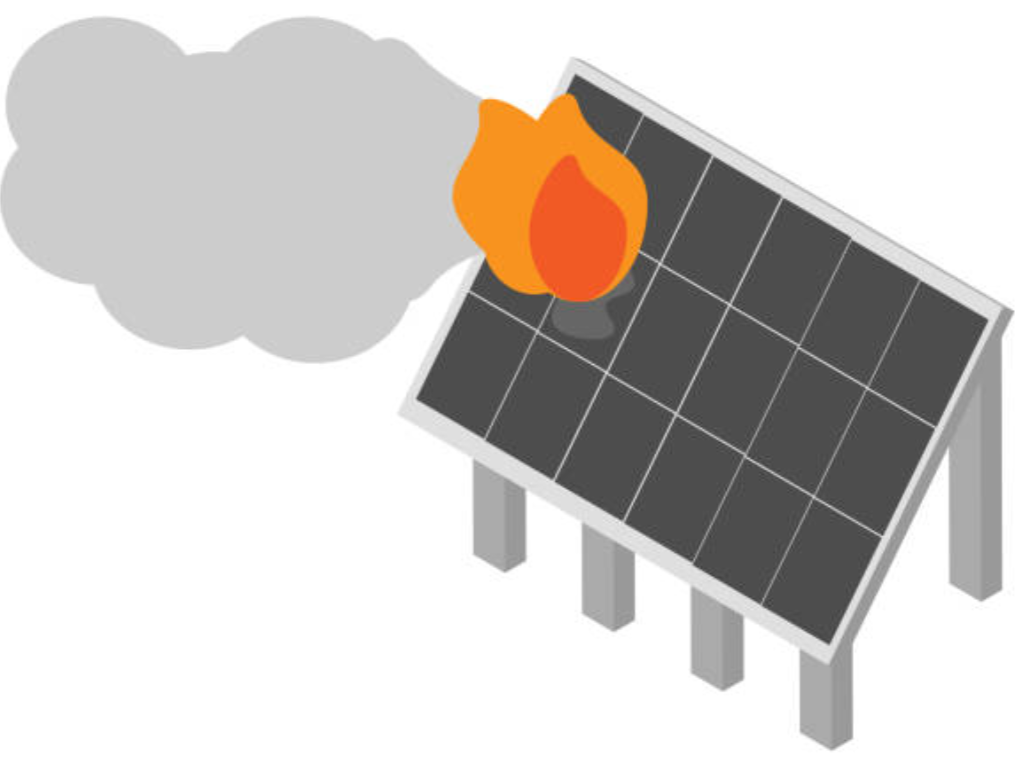
For Homeowners: What to Do in a Fire
In case a fire breaks out on your premises, you have no different priorities than in any fire: to make sure that all people are safe and call the emergency services as soon as possible. Close your solar system. Should it be safe to do so? This usually has two primary shut-off points: an AC disconnect, which breaks the connection of the system to the grid, and a DC disconnect (the isolator switch), which breaks the connection of the panels to the inverter. When your system is installed, become familiar with the place and how these switches work. Call the emergency operator and tell him that you have a solar system on your roof, so that the local fire department that will arrive is ready.
The Critical Role of Rapid Shutdown (RSD)
A major threat to the firefighters is that the PV panels still have high-voltage DC electricity even when the sun is shining. The conductors connecting the roof to the inverter may even be energized at several hundred volts, even when the system is not connected to the grid, and this is a serious risk of electric shock.
To solve this, Rapid Shutdown (RSD) functionality has been required by the National Electrical Code. An RSD system offers an easy, convenient method by which firefighters can de-energize the DC conductors on the roof in a short period of time. The RSD device, when triggered (usually by turning off the main AC power to the system), lowers the voltage in the designated conductors to a safe-to-touch level (usually less than 80 volts) in a few seconds.
This technology is a game-changer for the safety of firefighters. It enables them to carry out their tasks, including making ventilation holes on a roof, without the risk of being electrocuted by the solar array. In the case of manufacturers such as BENY, the delivery of reliable and certified RSD solutions is part of our safety promise, and we do not want a system that is meant to deliver clean energy to impede the life-saving efforts of first responders.
Your Safety Checklist: For Homeowners
- Employ Certified Professionals: Only accept installers who are certified by NABCEP or have other similar qualifications. Confirm their experience and request references.
- Identify Quality Components: Negotiate with your installer the brands of the inverter, racking, and safety components. Find the products that are UL and other major certifications by reputable manufacturers.
- Check the Design: Have your installer take you through the system design, such as where major parts of the system, such as disconnects, will be found.
- Plan a Post-Installation Inspection: It is possible to consider an independent, qualified solar professional to inspect the completed installation to make sure that it complies with the code and industry best practices.
- Know Your System: Know how to carry out an emergency shutdown at handover. Label the disconnects.
- Checking Visual: Visual Checks: Occasionally, once or twice a year, examine your array visually on the ground. Search for any debris on the panels or apparent damage to the wiring and conduits.
- Plan Professional Maintenance: Periodically (after every few years or so), get your system professionally checked and serviced to ensure that electrical connections are sound and that the system is generally in good condition.
Best Practices for Installers & EPCs
For industry professionals, ensuring safety is a matter of professional integrity and long-term business viability.
Prioritize Training:
Continuously invest in training and certification for your teams, keeping them updated on the latest NEC requirements and installation techniques.
Standardize on Quality:
Do not compromise on the quality of BOS components. Partner with manufacturers like BENY that provide a full suite of robust, certified DC safety components—from isolators and breakers to AFCI and RSD solutions. Using a single, trusted supplier for these critical parts ensures system compatibility and simplifies accountability.
Adhere to Code, Exceed It:
The National Electrical Code provides the minimum standard for safety. Strive to exceed it by following industry best practices for wire management, grounding, and component placement.
Thorough Commissioning:
At the end of every project, perform a detailed commissioning process. This includes verifying all electrical connections are torqued to specification, testing safety features like AFCI and RSD, and ensuring the system is performing as designed.
Client Education:
A thorough client handover is a critical safety step. Ensure the system owner understands its operation, knows how to perform a shutdown, and recognizes the importance of periodic maintenance.
The Future: Smarter Solar Safety
The future of solar fire safety depends on systems that get smarter every day. Soon, solar setups will have module-level monitoring that spots and GPS maps faulty cells before they get dangerous. Next-gen inverters will run AI that predicts trouble by crunching performance data. On top of that, safety gear will mesh better than ever. New smart combiner boxes will guard circuits and text us whenever something’s off. Keep an eye on these upgrades. They’ll keep pushing the already tiny chance of solar fires down to next to nothing.
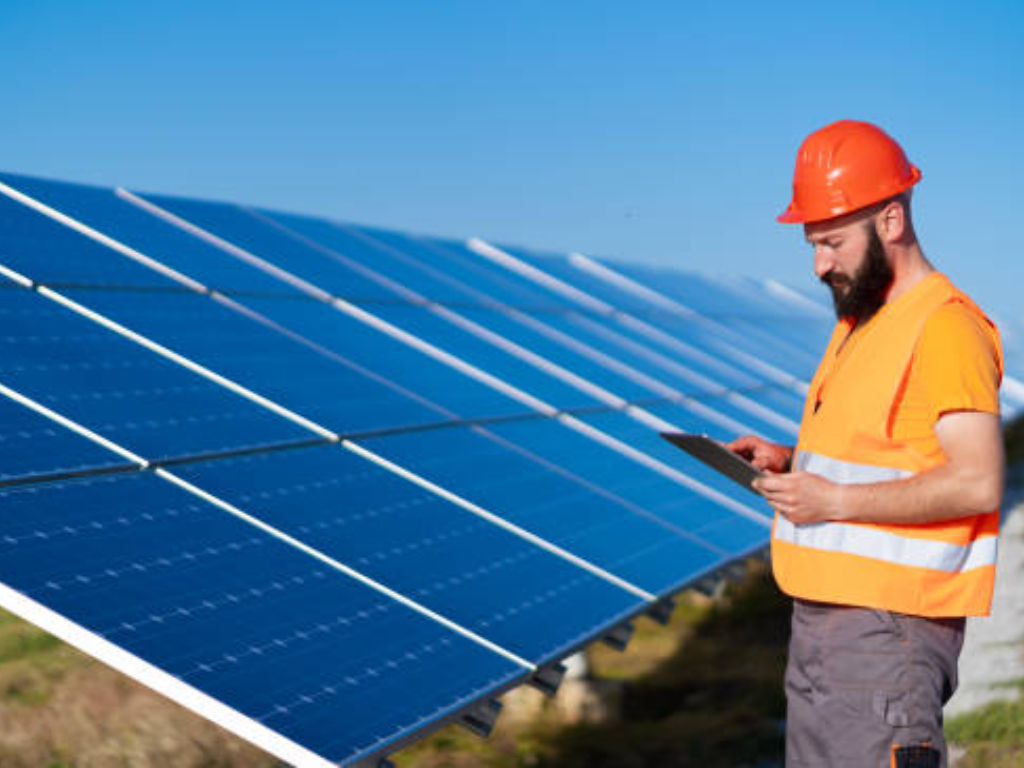
Final Verdict: Is Solar a Safe Investment?
All the information we have points to one clear answer: Yes. A solar power system is an extremely safe investment the moment it is designed, put in, and checked up on the right way. Researchers find the chance of fire is way lower than with many other everyday things in a home. Following today’s electrical codes and using only top-quality, certified parts knocks that risk down to nearly zero.
Instead of fearing solar fire, we should focus on one thing only: sticking to best practices. Pick an installer with the right training, ask for electrical parts made by the most trusted brands, and do some simple system checks every year. Do these things and you will see solar as it truly is: a clean, strong, and safe energy source that will keep the lights on for thirty years or more.
© 2025 Solar Fire Safety Guide – Professional PV Protection Solutions
